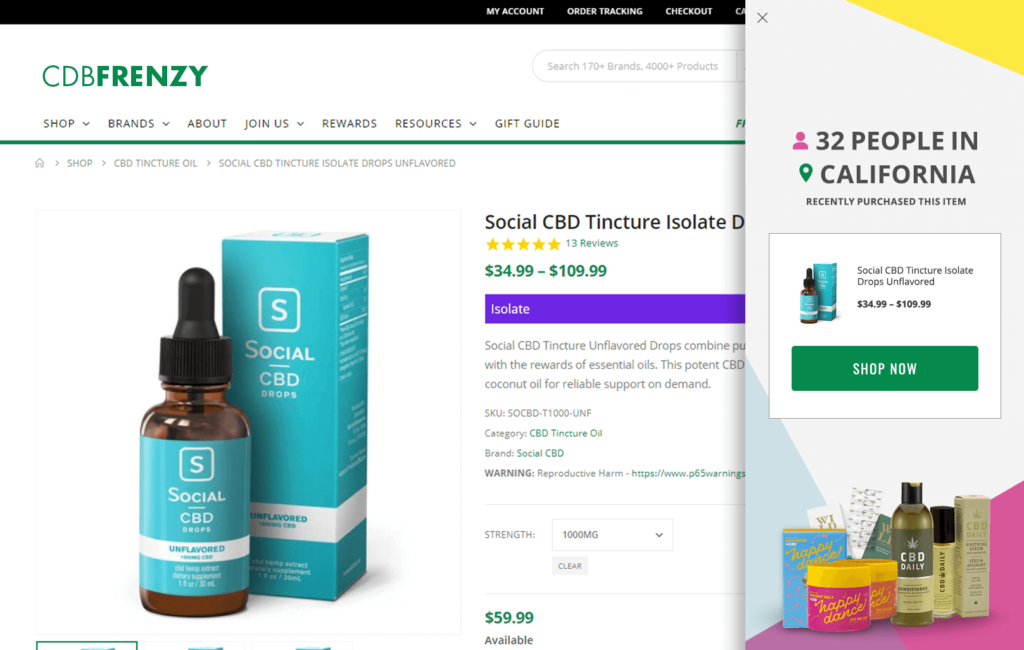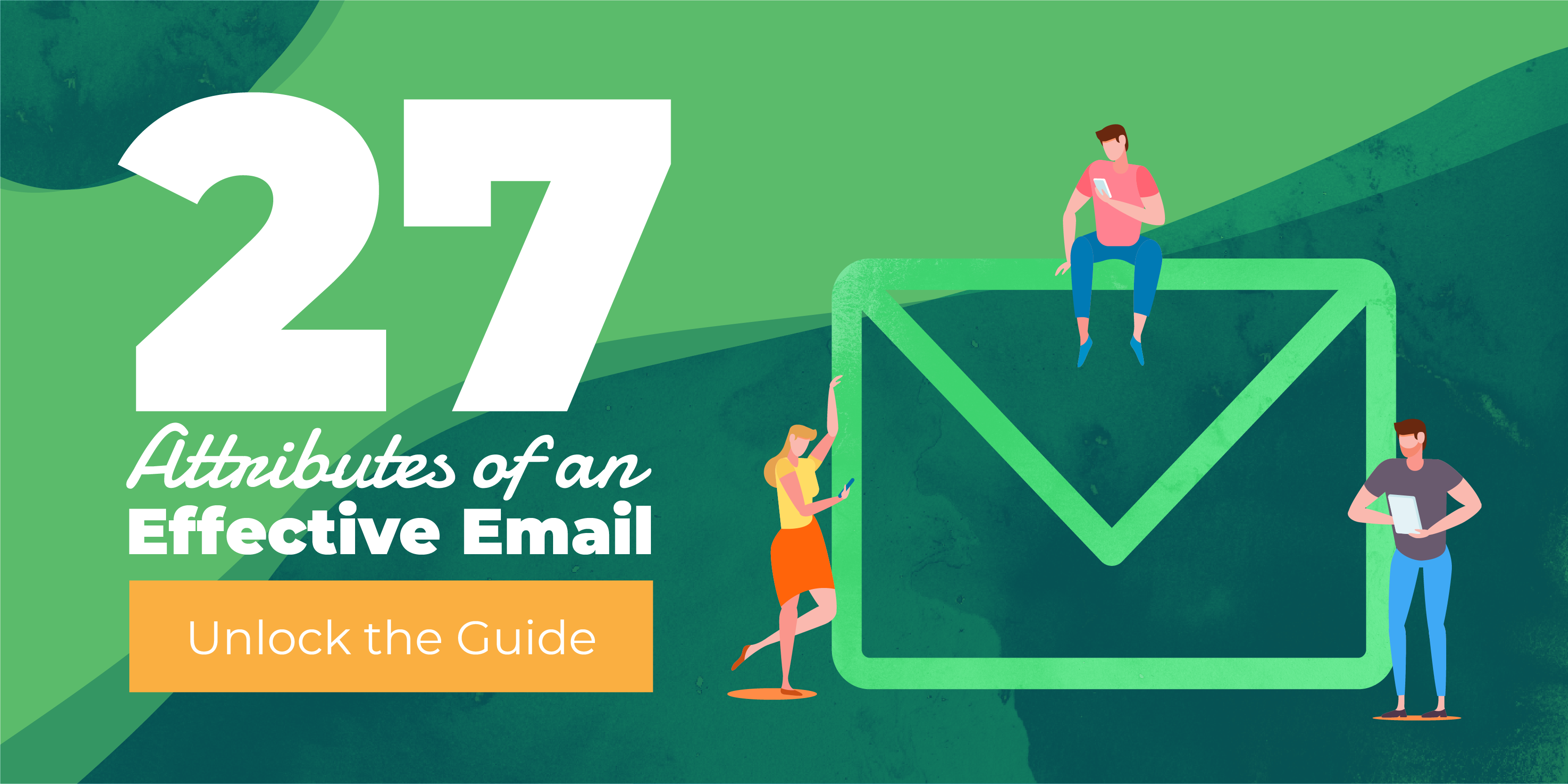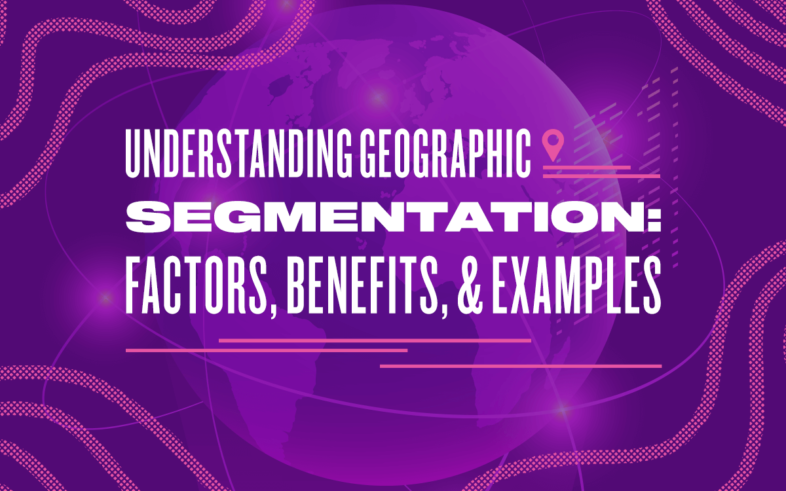Today more than ever, personalization is the key to optimizing the user experience and driving sales and brand loyalty. Leveraging data collection to create a personalized experience is an important aspect of strategic marketing. Segmentation is a means of categorizing that data in order to guide campaign direction.
Segmentation helps companies organize their audience into smaller categories, allowing for more effective brand communication.
While all marketing segmentation shares the same basic goal, there are four distinct types:
- Demographic Segmentation: groups customers based on non-character traits such as gender and age.
- Behavioral Segmentation: groups customers based on past actions such as browsing and spending habits.
- Psychographic Segmentation: groups customers based on character and personality traits such as interests and beliefs.
- Geographic Segmentation: groups customers based on their physical location.
Of the four types of marketing segmentation, Geographic Segmentation is probably the least talked about. But Geographic Segmentation is an immensely important marketing strategy that helps brands solve real world problems using demographic information, while conserving marketing costs – win-win!
So, what exactly can Geographic Segmentation do for you? I’m so glad you asked.
What is Geographic Segmentation and Why is it Important?
Geographic Segmentation refers to when a business divides its target market based on geographic location in order to better personalize content.
The Six Variables of Geographic Segmentation
Location: there is an abundance of options when it comes to segmentation based on location. You can group by town, country, or even continent. You can even identify a new geographic area of opportunity.
Time Zone: this is particularly important for offers that have a certain timeframe. It also comes in handy for email marketing send times.
Climate and Season: this type of segmentation ensure’s that the products you are marketing adhere to an area’s climate, such as swimwear being targeted to hot areas with beaches.
Cultural Preferences: different markets have different cultural variations and sensitivities. This expands across copy, design choices, and more. You can lean on census data to help inform your segmentation efforts.
Language: in places where a variety of languages or dialects are spoken, messaging potential customers in a way that accounts for their own cultural preferences is powerful – and makes it far more likely you’ll get your point across.
Three Advantages of Geographic Segmentation
1. Easy to Implement
The data required for Geographic Segmentation can be easily gathered with market research. You can simply survey your target audience, even via social media, to attain their geographical location. That information can then serve as a powerful tool to inform Geographic Segmentation. Going back to our climate-based segmentation example, imagine a business that sells both warm weather and cold weather apparel. It’s easy to see how being armed with the information to target users in a warm climate with swimwear as opposed to heavy outwear can quickly advance marketing campaigns.
2. Highly Relevant Marketing Campaigns
It’s incredible how many ways a company can leverage the simple information of where its audience is located. Geographic Segmentation creates overall improved communication, tailored brand messaging, and relevant campaigns featuring products based on a user’s location. Let’s take a look at a few examples of how it can foster highly relevant marketing campaigns.
Accounts for Local Needs
Even within the United States, regional preferences vary widely for many kinds of products. Consumers’ needs vary immensely in urban areas vs. rural areas. These needs should be reflected in your marketing efforts. Think: a company that sells lawnmowers wouldn’t benefit from marketing the same large riding mowers, best suited for rural areas, to urban apartment dwellers. By adapting your brand to suit the needs and tastes of people living in different areas, you utilize your resources in a more effective way, enhance your value proposition, and demonstrate how your products or services improve the daily lives of consumers.
Addresses Climate Differences
The weather plays a huge role in our day to day lives. Many of the products you can effectively market will vary depending on the climate in that region – just like in our climate-based segmentation example. But climate determines far more than just the clothes we wear. It also has a heavy influence on the foods we eat and how we spend our time. By adjusting your marketing strategy to suit climate, you can engage customers more effectively and avoid spending money in markets where your product is less relevant.
Breaks Down Language Barriers
In the United States, more than 26 million people speak a second language at home. This means that if your ads are only available in English, you’re making it more difficult for people to understand your messaging. Fortunately for marketers, many non-English speakers are concentrated in particular areas of the country.
For example, Los Angeles has more native Spanish speakers than English speakers. Obviously, a Spanish language ad-placement could be risky in some areas. Although, in a place like L.A., brands can delight and surprise non-English speakers in their preferred language.
3. Cost Efficient
Geographic Segmentation optimizes campaign spending in two ways. First, it avoids unnecessary advertising costs by helping you spend your money on marketing only to a particular area where your product or service will sell. Second, it ensures the ads you do run are relevant to your audience. Any marketing tool that helps you optimize costs and increase profits is certainly a tool worth implementing.
Geographic Segmentation Campaign Examples
Location

Climate and Season

Language

Population Density

Segmentation Connects You to Your Customers
Ultimately, marketing seeks to establish a connection between brand and consumer. Marketing is most effective when consumers feel as though a brand “gets” them. When the data from Geographic Segmentation guides the creative, it paves the way for your brand to display a better understanding of the consumer. By understanding the advantages of Geographic Segmentation and adapting messaging to regional audiences, brands can increase engagement, reduce waste, and improve market positioning.
Looking for More Ways to Increase Your Conversions?
Check out UpSellit’s 27 Attributes of an Effective Email. This in-depth guide covers the ins-and-outs of crafting the perfect remarketing email. It’s a great resource and it’s totally free! Download it today and start writing awesome emails that convert.

